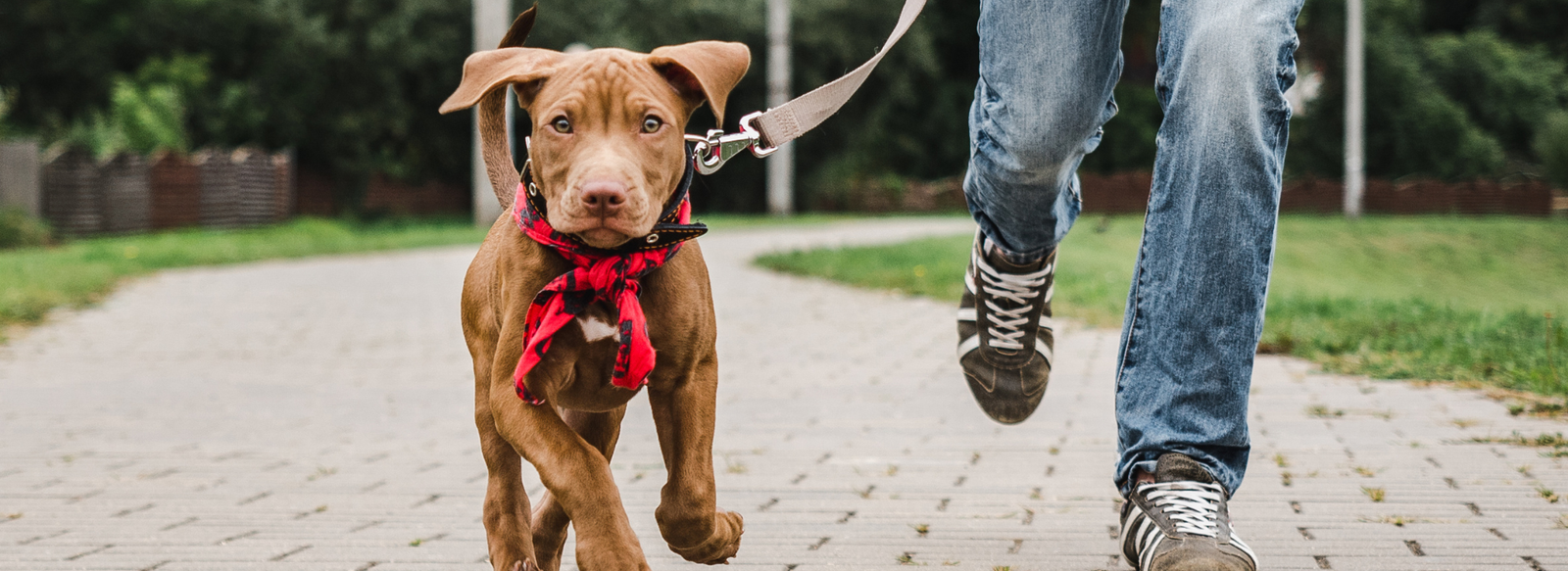Our furry companions wear many hats, from cuddle buddies to loyal walking partners. But for these adventures, a well-fitting collar is crucial. It ensures safety, comfort, and identification, while preventing escape attempts (and those mischievous head shakes that dislodge tags). But how tight should a dog collar be? This seemingly simple question holds more weight than you might think!
The Two-Finger Rule: A Golden Guideline
Imagine your dog sporting a new collar. Now, slide two fingers (index and middle) between the collar and their neck. Can you move them comfortably with slight resistance? If yes, you’ve probably hit the golden tightness zone! This “two-finger rule” is a widely accepted method for initial assessment, ensuring the collar is snug yet not restrictive.
However, remember, it’s not a one-size-fits-all rule.
Tailoring the Tightness to Your Furry Friend
Several factors influence the perfect collar fit for your dog:
1. Breed and Size: A Great Dane requires a different tightness than a Chihuahua! Measure your dog’s neck with a soft tape and choose a collar with adjustable notches or straps for a customized fit.
2. Coat Type: Fluffy fur might create the illusion of a snug fit, while sleek coats require extra attention. Ensure the collar doesn’t dig into their skin, especially for short-haired breeds.
3. Activity Level: Energetic dogs on walks or training sessions need a secure collar that won’t slip off during pulls or sudden movements. However, avoid overly tight collars that restrict panting or head turning during high-activity periods.
4. Individual Preference: Some dogs tolerate snugger collars better than others. Observe your dog’s behavior. If they scratch excessively, cough, or seem uncomfortable, adjust the tightness.
5. Collar Type: Martingale collars tighten securely during leash tension but loosen when relaxed, making them ideal for escape artists. However, their unique mechanism requires a slightly different fit assessment. Consult a trainer or professional for guidance.

Beyond the Two Fingers: Signs of an Ill-Fitting Collar
Even with the two-finger rule, be alert for these signs:
- Redness, irritation, or sores around the neck indicate a collar that’s too tight.
- Difficulty breathing or panting can occur if the collar restricts their airway.
- Excessive coughing or gagging might suggest the collar is digging into their trachea.
- Escape attempts can be a sign of a loose collar, especially for Houdini-like pups.
Additional Tips for Collar Comfort and Safety
- Choose the right material: Opt for comfortable, durable materials like nylon or leather that won’t chafe or irritate.
- Regularly check the fit: As your dog grows, adjust the collar accordingly.
- Don’t use the collar for punishment: Pulling on the leash with a tight collar can harm your dog. Use positive reinforcement training methods instead.
- Consider identification tags: Ensure tags are securely attached to the collar and don’t interfere with the fit.
Remember, a well-fitting collar is more than just a fashion statement. It’s a crucial piece of equipment that ensures your dog’s safety, comfort, and enjoyment during adventures big and small. So, ditch the guesswork, follow these tips, and find the perfect “just right” tightness for your furry friend’s happiness and well-being!
Bonus Tip: For specific questions or concerns, always consult a veterinarian or professional dog trainer for personalized advice tailored to your dog’s unique needs.



